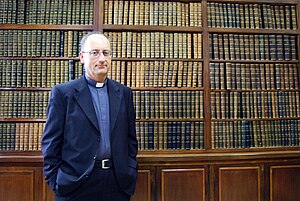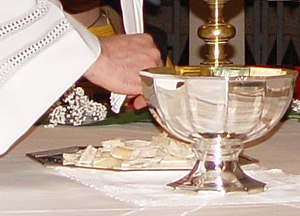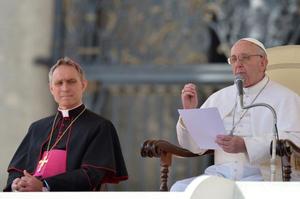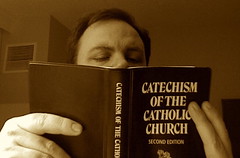I was reading one of my favorite blogs this afternoon, Fr. Z’s Blog (olim: What Does The Prayer Really Say?) and read his post St Peter’s Church in Omaha, NE. As I am curious about many things, especially in the ways the Incarnation is made manifest in parishes, I was stunned with the clarity of the pastor’s clarity, charity, and competence in leading souls. In fact, I watched the video on St Peter’s Church more than once because I had to get it clear in my mind and heart what Father Damian Cook and his collaborators are doing, and in the ways the Holy Spirit has allowed His gifts to be extroverted. There is a distinctive focus on the cultures of prayer, community, study and service which is a wonderful gift. St Peter’s is a place that the proposal of the gospel and the Church come alive.
It is not an exaggeration to say that Father Cook is orchestrating so many good things for Christ and His Church, both universal and in the local Church of Omaha. But let’s be clear: it is not Cook but Christ; it is not the community that’s center, but the Communio of the Trinity. I don’t want to canonize Father Cook but I do want to draw attention to the good being done.
As the Prophet Ezekiel showed us, and more importantly what the Lord did for us in His Resurrection: that it is possible for old bones to be constituted again (and in the Lord’s case, in a glorified body). Father Cook is illustrating how a decaying church community in urban Omaha can become a thriving religious and cultural treasure.
This is a clear and contemporary example of Saint Benedict rebuilding culture, or Saint Francis rebuilding the Church, or Blessed Teresa of Calcutta caring for all people. And the examples are plentiful…











